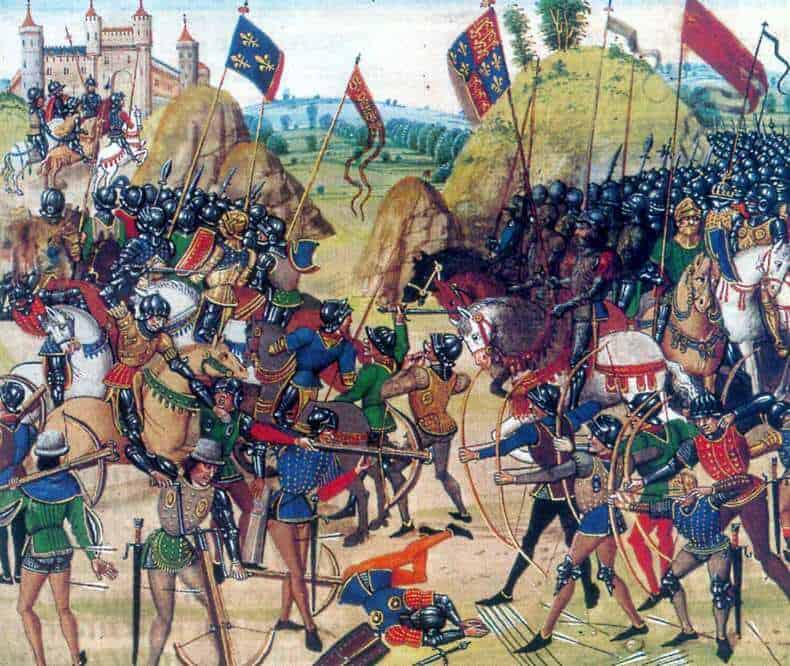From Historic UK:
The longbow as we recognise it today, measuring around the height of a man, made its first major appearance towards the end of the Middle Ages. Although generally attributed to the Welsh, longbows have in fact been around at least since Neolithic times: one made of yew and wrapped in leather was found in Somerset in 1961. It is thought that even earlier finds have been uncovered in Scandinavia.Share
The Welsh however, do appear to have been the first to develop the tactical use of the longbow into the deadliest weapon of its day. During the Anglo-Norman invasion of Wales, it is said that the ‘Welsh bowmen took a heavy toll on the invaders’. With the conquest of Wales complete, Welsh conscripts were incorporated into the English army for Edward’s campaigns further north into Scotland.
Although King Edward I, ‘The Hammer of the Celts’, is normally regarded as the man responsible for adding the might of the longbow to the English armoury of the day, the actual evidence for this is vague, although he did ban all sports but archery on Sundays, to make sure Englishmen practised with the longbow. It is however during Edward III’s reign when more documented evidence confirms the important role that the longbow has played in both English and Welsh history.
Edward III’s reign was of course dominated by the Hundred Years War which actually lasted from 1337-1453. It was perhaps due this continual state of war that so many historical records survive which raise the longbow to legendary status; first at Crécy and Poitiers, and then at Agincourt. (Read more.)


















No comments:
Post a Comment